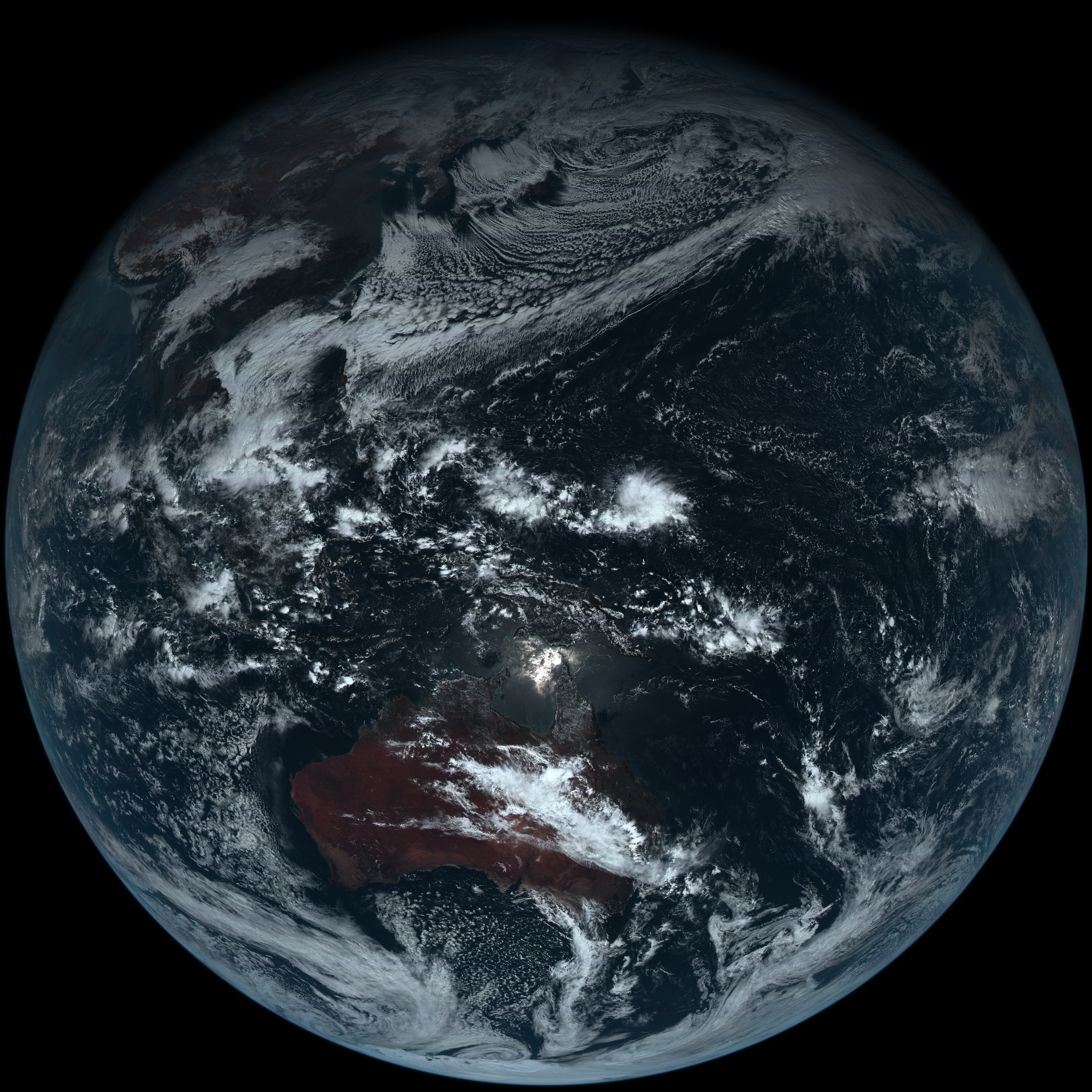Hottest Year Ever: 5 Places Where 2014 Temps Really Cooked

Though the official numbers aren't in for December, it's likely that 2014 will go down as the planet's hottest year on record, at least since scientists started keeping tabs on global temperature.
Data from three major climate-tracking groups agree: The combined land and ocean surface temperatures hit new highs this year, according to the United States' National Oceanic and Atmospheric Administration (NOAA), the United Kingdom's Met Office and the World Meteorological Association.
If December's figures are at least 0.76 degrees Fahrenheit (0.42 degrees Celsius) higher than the 20th century average, 2014 will beat the warmest years on record, NOAA said this month. The January-through-November period has already been noted as the warmest 11-month period in the past 135 years, according to NOAA's November Global Climate Report. [8 Ways Global Warming Is Already Changing the World]
Even with the planet gunning for new global heat records, not all regions sweltered year-round in 2014. For instance, parts of North America suffered from extreme cold in January and February. That said, there were plenty of places where heat records fell this year. Here is a look at five places that will help push 2014 into the global warming record books.
- Australia: For the second year in a row, Australians saw heat records topple from the Gold Coast to the Coral Coast. The country kicked off January with an extreme heat wave; temperatures soared higher than 120 F (49 C). Heat waves in the autumn (March to May) and spring (September to November) also drove temperatures into the record books.
- Eastern Pacific Ocean: Toasty temperatures developed in the eastern Pacific Ocean, despite an El Niño that never appeared. The heat was especially notable off the western coast of the United States. Fishing boats spotted species well north of their range, such as a giant ocean sunfish offshore of Alaska. For the global ocean, the September to November sea surface temperature was 1.13 F (0.63 C) above the 20th century average of 60.7 F (16.0 C), surpassing the previous record by 0.11 F (0.06 C), according to NOAA.
- Siberia: Central Siberia defrosted in spring and early summer under temperatures more than 9 F (5 C) above its 1981 to 2010 average. Ice on the Ob River began to break up two weeks earlier than normal. The heat may have unleashed methane gas trapped in previously frozen permafrost, triggering underground explosions that formed spectacularly deep holes.
- California: The long-running drought in California was made worse in 2014 by record heat. The first 10 months of 2014 were the warmest in California's history since 1895, further burdening the state's water demands.
- Northern Europe: The same weather pattern that froze North America in early 2014 brought an unusually warm spring to countries including Denmark, Norway and Turkey. The sultry spring was the warmest in a century or more in these countries. In addition, January to October was the warmest 10-month period on record for Central England since 1659, and the warmest such period for the Netherlands since 1706.
Follow Becky Oskin @beckyoskin. Follow LiveScience @livescience, Facebook & Google+. Originally published on Live Science.
Get the world’s most fascinating discoveries delivered straight to your inbox.



